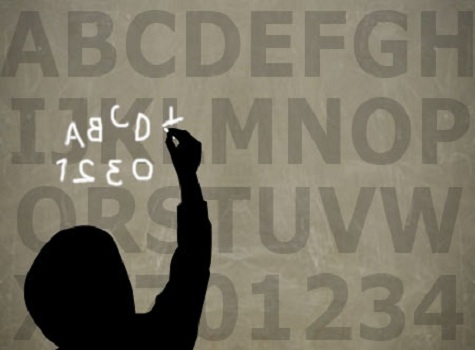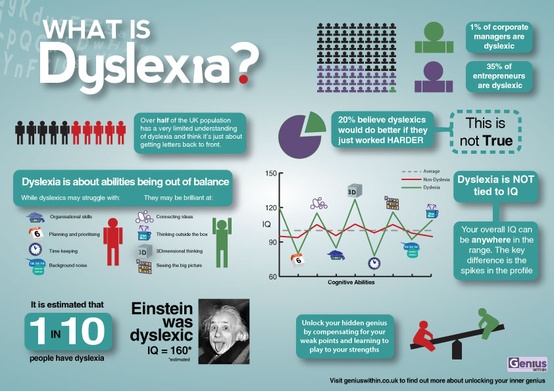Early Diagnosis of Dyslexia Critical for Early Intervention
Dyslexia is a reading disability that affects the brain’s ability to process and interpret written language. Kids with dyslexia often require extra help in school, such as remedial learning classes or private tutors. This disability is often not diagnosed until the child begins to learn to read, typically in the first grade. But early intervention could improve the child’s academic progress. Now, researchers from the University of Padua in Italy believe that they have found a way to diagnose potential dyslexia well before the child learns to read. Early diagnosis may be possible with the use of evaluations of visual attention deficits. A second study, conducted by researchers from the Children’s Hospital Boston, have found another potential way to diagnose dyslexia in very young children: with the use of magnetic resonance imaging (MRI) scans.
Study – Visual Attention Deficits
The first study that examined visual attention deficits as a means to early diagnosis was published in Current Biology. The researchers evaluated Italian-speaking children for three years. The children were initially kindergarteners who could not yet read. At the conclusion of the study, they had entered second grade. A variety of tests were administered, including tests designed to measure syllable identification, rapid color naming, and verbal short-term memory. Visual spatial attention was also evaluated. This refers to the ability to filter information. Later, reading skills were assessed.
The Results
The researchers found that the children who struggled with visual attention later had difficulties learning to read. The researchers, led by Andrea Facoetti, posit that the result of the study speaks to the potential causes of dyslexia. The researchers also suggested that preventative remedial programs geared toward visual spatial attention could be beneficial for many children before they learn to read.
Study – MRIs for Early Diagnosis
The second study was published in the Proceedings of the National Academy of Sciences. Researchers from Children’s Hospital Boston evaluated the use of MRIs to diagnose developmental dyslexia. They used MRIs on 36 children of the average age of 5 ½. During the MRIs, the children performed a language task. They were instructed to indicate whether two words began with the same sound. Children with dyslexia struggle to recognize a word’s sound structure (phonological processing).
The Results
The researchers found that while performing phonological tasks, certain children had reduced brain activity in the temporal and parietal lobes, as well as the junctions between the temporal and occipital lobes. Children and adults with diagnosed dyslexia display dysfunction in those regions of the brain. The children in the study group with reduced brain activity had a family history of dyslexia.
Conclusions
Both groups of researchers had the end goal of developing methods of early diagnosis for children with dyslexia. As with any speech and language disorder, early intervention is important for achieving the best possible outcome. If you feel that your child is exhibiting signs of a speech and language disorder, bring him to a speech therapist for an evaluation. Regular treatment sessions can help prevent academic delays. As well, ask the speech-language pathologist (SLP) about speech therapy activities to do at home, such as using Speech Buddies for articulation disorders.




